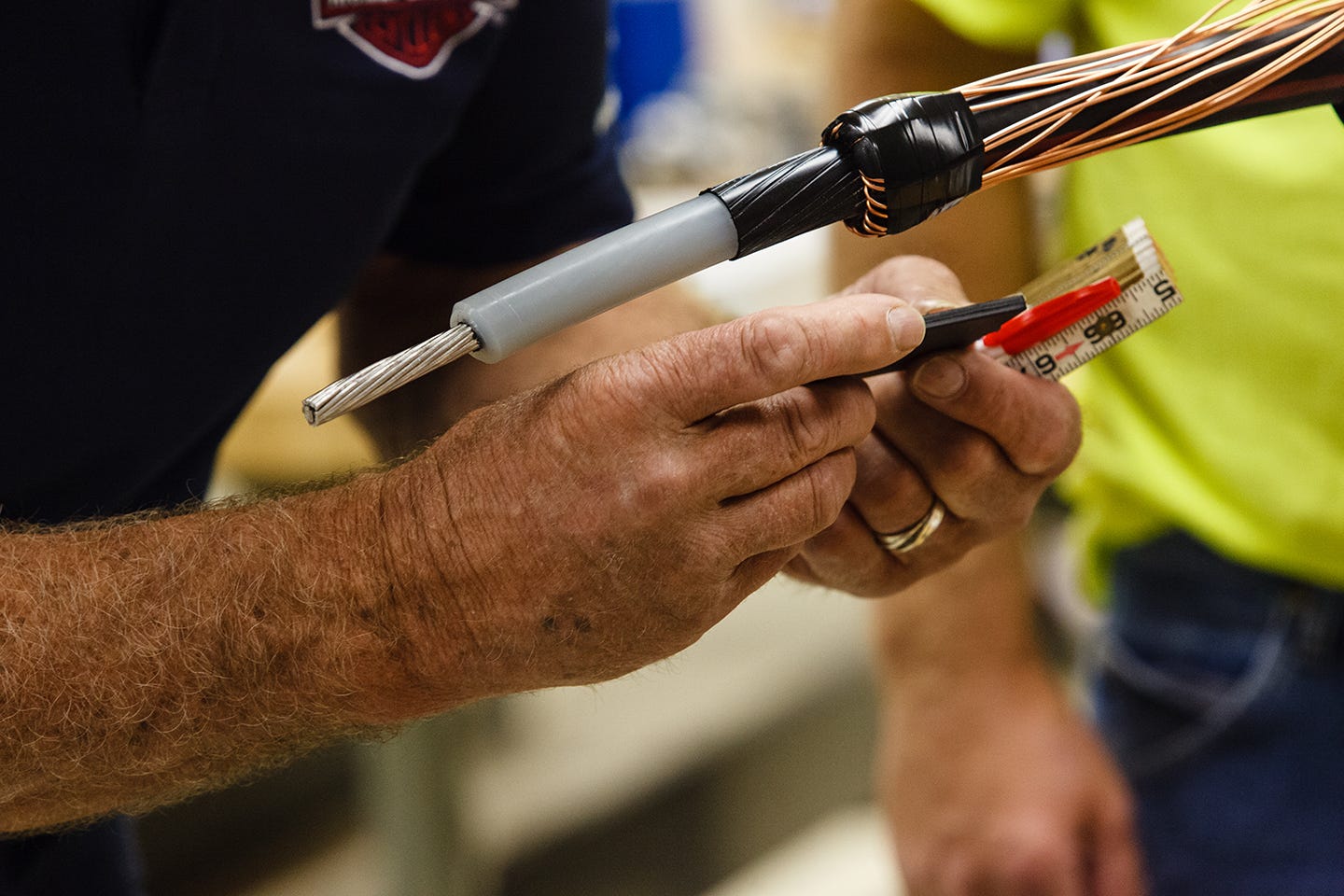In this post, I’ll share a useful technique for finding a real customer pain point that can lead you to Product-Market Fit. You’ve probably heard about Product-Market Fit and how it’s a crucial requirement for any successful business.
Entrepreneur and venture capitalist Marc Andreessen defines Product-Market Fit as:
being in a good market with a product that can satisfy that market.
But what’s “a good market” anyway?
In my experience, there are three necessary (but not sufficient) criteria for a good market in the context of new venture building:
There is a group of customers who have a serious & unsolved pain point
These customers are aware of having this pain point
They are willing and able to adopt and pay for a solution
All three of these criteria are important, but ventures often break down because of Criterion #3. In order to recognize when Criterion 3 isn’t met, I try to constantly remind myself of a great rule of thumb by Rob Fitzpatrick in his book The Mom Test:
if they haven't looked for ways of solving it already, they're not going to look for (or buy) yours — Rob Fitzpatrick
In other words, you’ll hear about many pain points during customer discovery calls, but unless you can find evidence that a customer has actively tried to solve this problem before, you can probably dismiss it as idle complaining without real purchase intent.
With this in mind, here is a technique that I’ve found extremely useful in finding customer pain points that meet all 3 criteria:
The technique:
Look at the innovation and R&D projects of large corporations and utilities, with an eye towards projects that they really don’t seem well-qualified to solve by themselves.
As an example, I recently interviewed with an engineer at a large electric utility. He had been tasked by the utility with developing a new robot that could be remotely operated to splice distribution cables.

With all due respect to this accomplished engineer and to the utility industry, I can’t imagine an organization less well positioned to develop a new high-tech robot product than a utility. Most utilities simply don’t have much organizational experience with product development or robotics. But the fact that the utility had formed an engineering team to solve this problem told me three important things:
This utility has a cable splicing problem (I had no idea before this interview)
They are aware that they have this problem (that’s good)
They are actively looking for solutions to this problem and existing commercial solutions must not be good enough (otherwise they would have purchased a commercial product rather than trying to develop a new robot in-house from scratch)
A big part of the Venture Builder’s job is to identify unsolved & serious pain points. By looking for instances where large entities in the energy sector are trying to solve a problem themselves that they really aren’t well-suited (or very likely) to solve in-house, we can efficiently identify technology venture opportunities that will achieve Product-Market Fit and get adopted at scale.


